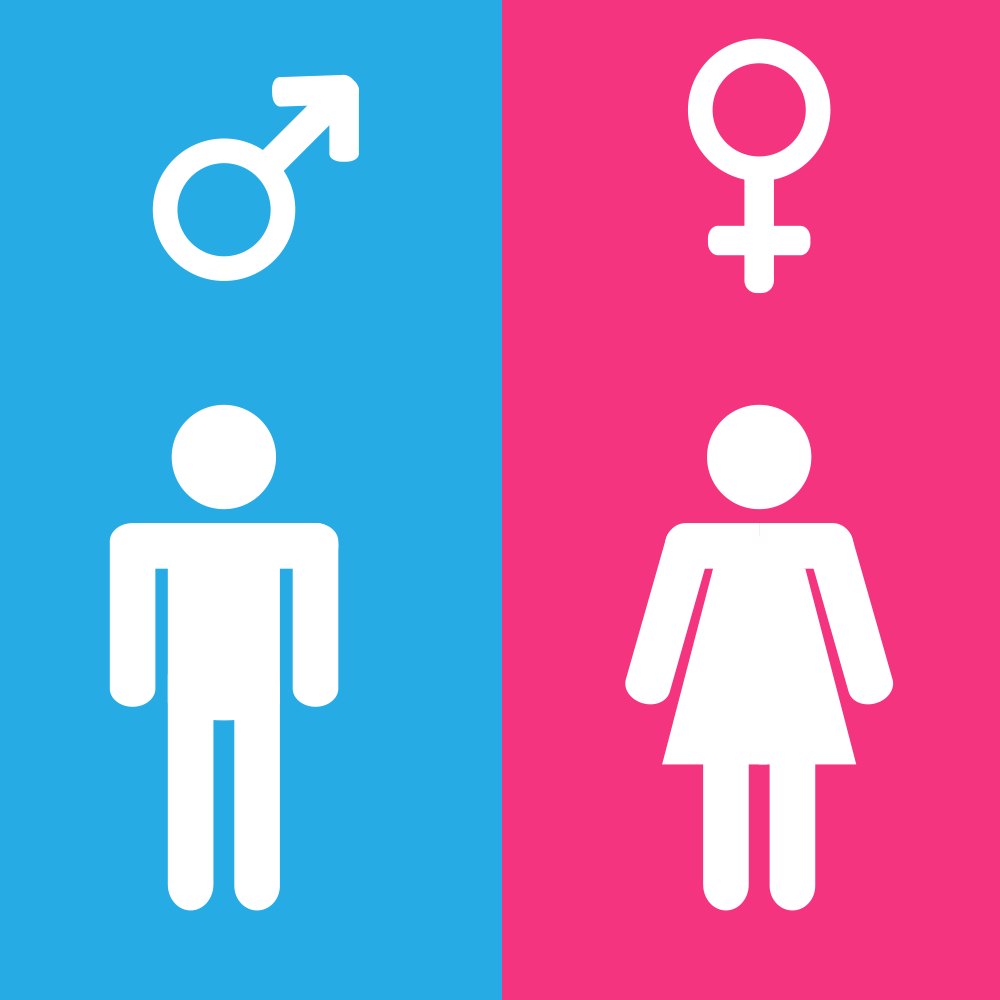By Jennifer Albers-Smith
I was a Computer Science major for a couple years at the University of Michigan (before declaring an English and Sociology double major) and participated in the Women in Science & Engineering (WISE) residence program. One of the events on our radar was the Sally Ride Science Festival that took place on North Campus. Each year, I was amazed as the campus was swarmed with hundreds of children. The festival, which still takes place each year at colleges across the United States, it is a fun-filled day of science projects, workshops, and experiences for middle schoolers.
This festival struck me in particular because no one had encouraged me (outside of my chemist father and pharmacist mother) to turn my interest in science into a career. There weren’t programs for young girls (or at least none in my area) trying to promote scientific careers in a fun way. And as a pioneer for STEM education and the first American woman in space, Sally Ride deserves a shout-out for this month’s focus on Women’s History Month.
Read morePaving the Way for Women in the Sciences with Sally Ride









